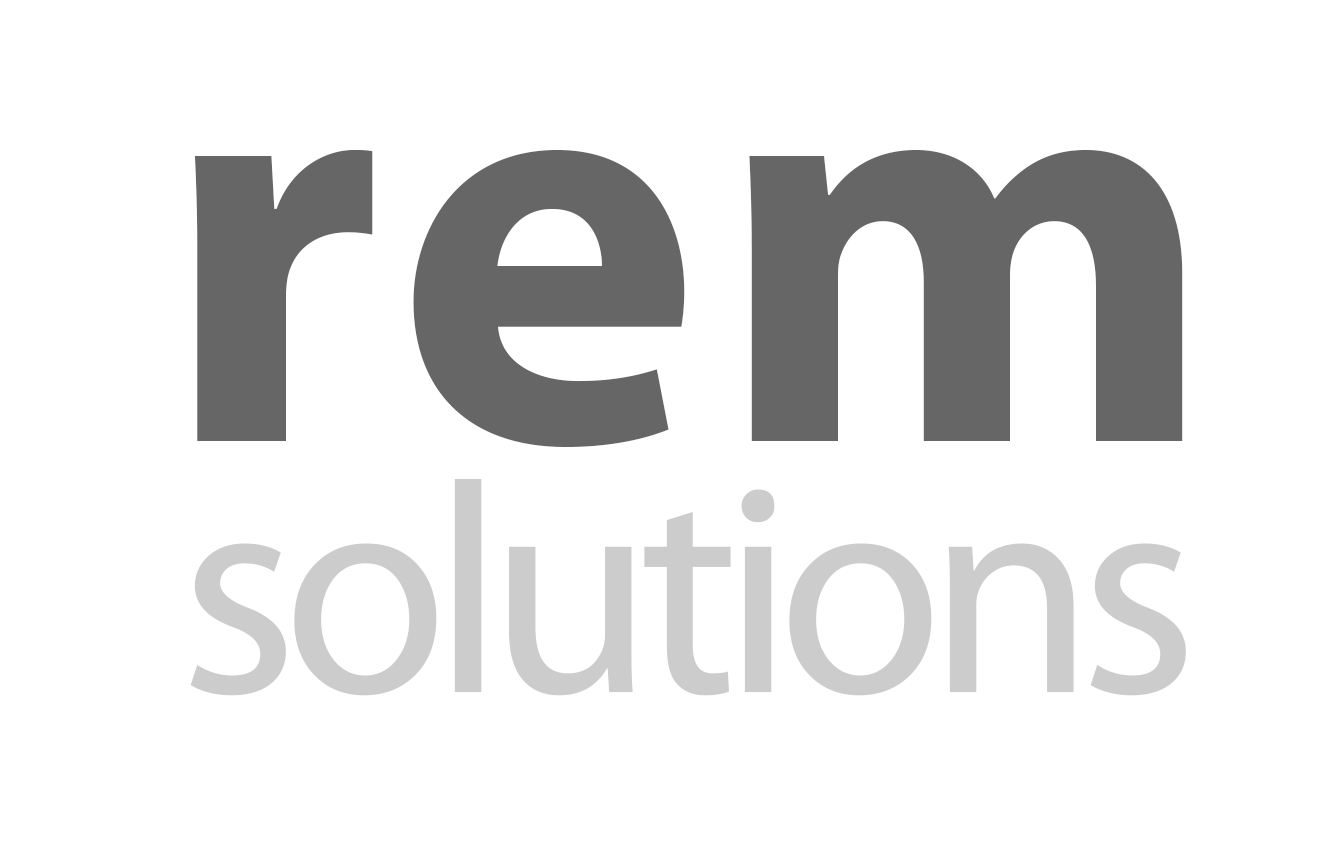Part 1 is available here, and deals with how Integrated Talent and Reward can drive retention even though available funds are shrinking.
In Part 2, we’ll look at some of the low- or no-cost activities that can significantly improve retention of identified key employees. These are part of a successful retention strategy in even the best of times, but the fact that they can be implemented when budgets are shrinking makes them more important than ever.
There are many measures for the success of a talent and retention strategy. Consider having a single failure measure instead – any unexpected resignation by a key employee.
The resignation is not the issue. The fact that it is a surprise is the failure. It means as an employer you didn’t create the conversations that ensured you’d be the first to know about what unmet needs your employee had. You missed the opportunity to have a front-foot conversation.
This is not about having an “open door” policy, a standing invitation to talk. Expecting your employee to take the initiative, especially a high value employee, leaves too much to chance and can be seen as abdication or disinterest. This is about a deliberate, active and interested approach to key talent. Thus, the core to the retention practices covered next is the Stay Interview.
Most companies have an exit interview process, to understand why people leave (and if they’re smart to find out what other employers are offering.)
Far fewer companies have interviews with their top talent to find out how they are doing, and why they are staying. It gives an opportunity to find out what might prevent them from staying too. There is value in two directions – highly individualized retention information, and giving key people an indication of their value and your interest.
A stay interview is not tacked on to the annual performance review. It’s a regular, focused and structured discussion for its own sake. And, because it is initiated by you, it leaves your employee in no doubt that you want to understand what’s working and not working.
Whilst each individual will have different needs, there are themes that commonly emerge, and solutions that evidence shows are successful responses.
1. Career and Succession Transparency
Succession planning can often be a behind-closed-doors activity. The act of sharing a succession plan with the employee (and of course ensuring they understand nothing is guaranteed) is an effective message. It is effective not only because you create a clearer potential future, but more importantly that there is a plan, that their career is part of your planning conversations and thinking.
2. Executive-Level Projects
Retention aside, there is obvious business benefit to including key talent in the highest level business projects. This retains top talent as they are being provided with direct interaction with top management and with senior peers possibly across functions. They have also been “singled-out” – interest in their career is clear. Talented employees will know that this creates executive-level exposure for them, and is not just about skill opportunities.
3. Executive Sponsorship and Mentoring
Like the projects above, providing key employees with regular and structured interaction with an executive who is taking an interest in their career is a clear indication of their value. Not only does this provide exposure to thinking at the highest level of strategy in the organization, it also models successful attitudes and behaviour. Whilst this is fast-track learning for the employee, it’s also a powerful opportunity for executives to assess potential and placement opportunities.
4. Secondment and Internal Mobility
The ability to Reward and promote may be limited during downturns. The ability to expand key employees’ business exposure is not. Secondment, role-swaps and other internal mobility practices not only improve business exposure for your key succession candidates, but also again gives them a clear message of preparation for the future.
A Key Lever – Enable Your Managers
While a Stay Interview is the most important retention conversation you can have, it requires structure, and a clear intent. The will and ability of your managers to have these conversations, and to respond appropriately to their content, is make or break. Line managers need support to maximize the effectiveness of these conversations.
If you’d like to be notified when other articles are published, please subscribe here.
I’m a Master Reward Specialist, the highest level of professional accreditation awarded to less than 15 consultants nationwide. Feel free to get in touch with me to understand how your Reward spend, structure and activities can be made more effective – optimising your Reward spend.
I also have a passion for Business Intelligence, Analytics and the benefits that a Big Data approach brings to Human Resources. My company, REM Solutions, is an outsource solution for HR analytics that enable better Reward practice and spend decisions.


Recent Comments